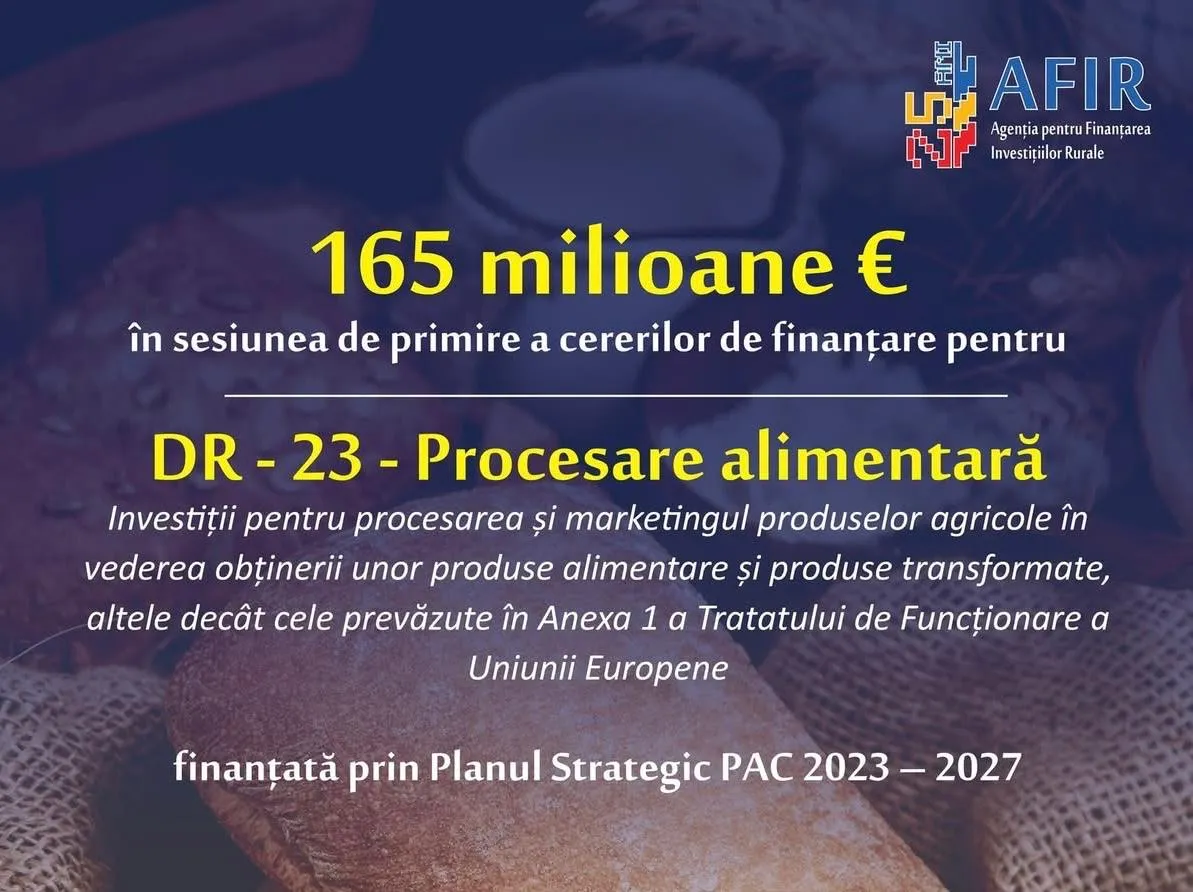
According to DairyReporter, the twin trends of health and wellness, along with indulgence and pleasure, are driving the growth of the dairy industry in the APAC region and opening up a host of new innovation opportunities, according to industry leaders, including Fonterra, Yili, Parag, and others.
Growing Interest
The popularity of dairy products in the APAC region has not traditionally been uniform, with markets like Australia, New Zealand, and India dominating production and demand. However, in recent years, several Asian markets, including China and Vietnam, have shown increased interest in this sector.
One of the key factors is wellness and nutrition, especially in China, where the government and industry associations set consumer guidelines for daily dairy consumption in 2020, against the backdrop of the COVID-19 pandemic.
Chinese dairy giant Yili has been a beneficiary of the dairy boom and has major operations not only in China but also in New Zealand and Southeast Asia.
This has helped firms understand how the trends driving traditional and newer dairy markets differ significantly.
"New Zealand is, of course, a long-standing consumer market for dairy products, while China is a newer one, and we've certainly seen how consumer preferences in both markets differ quite a bit," said Philip Wescombe, head of Yili Oceania's Innovation Center, to FoodNavigator-Asia.
"In New Zealand, consumers are very conservative in their dairy product preferences and place a strong emphasis on quality and the traditional dairy product experience—they see dairy products much like they see wines and have a similar connoisseurial approach.
New Experiences
"In China, however, consumers are seeking new experiences when it comes to dairy products—this means we have much more play space and more opportunities to combine different ingredients.
"Traditional Chinese medicine is one example, where the Chinese consumer is very open and understands the health benefits that come from mixing these with dairy—and the high nutritional value of dairy products also helps to sell such new innovations to the Chinese population, so it's a great area for product innovation."
Fonterra also added that there are two major consumption trends driving dairy in the region, which are more or less polar opposites of each other.
"We see trends at opposite ends of the spectrum," Tim Opie, Fonterra's General Manager of Global Consumer & Customer Insights, told us.
"On one hand, there is a notable rise in health and wellness (H&W) concerns, especially post-COVID, where the consumer is becoming increasingly conscious of dietary choices, seeking functional foods and the associated benefits.
"Conversely, the pandemic has also underscored the importance of enjoying life to the fullest, leading to an emerging trend known as 'revenge eating,' where consumers actively seek indulgent products that uplift mood as a means of treating themselves and improving overall well-being...being.
Tensions Between Trends
"This has created a tension between H&W trends versus YOLO (You Only Live Once)—but at the same time, we've observed that in APAC, there's a strong opportunity for both macro trends to merge along a 'mod' trend, e.g., leveraging a clean label, natural sourcing narrative to create permission to indulge."
While the health and wellness trend is driving dairy product innovation in areas from gut health to energy, the YOLO trend is shifting this innovation to newer areas.
"For H&W, we can see that innovation here is translated not just into food formats but blurring the boundaries between supplements and food delivery—in Asia, more and more consumers are actively seeking functional foods as they are motivated by the belief that greater fortification equates to better health benefits," Opie added.
"But for YOLO, this brings out a huge appetite for exploration, leading to consumer engagement in things like leisure rituals (food and beverage rituals to counter stress etc.) or edible escapism (traveling with their taste buds through global cuisines)—this, in turn, translates into new, convenient single-handed consumption formats like cheese sticks, cheese bites, chips, bars, and so on."
Innovation Direction Comes from India
In India, the dairy industry has long been seen as a key economic driver and is heavily supported by government aid and policies such as the National Dairy Plan (NDP) and the Dairy Entrepreneurship Development Scheme (DEDS).
Here, innovation is also trending towards consumer demand for higher value products.
"There has been a significant shift towards value-added dairy products such as cheese, whey proteins, flavored milk, and so on, over the last three years, in line with an increasingly high consumer focus on health, convenience, and variety," said Parag. Akshali Shah, Executive Director of Milk Foods, told us.
"Growing awareness of health benefits, coupled with the rise of the middle class and changing dietary habits, has been a driving force behind the growing demand for these value-added products.
"This has also led to a growth in demand for organic dairy products, so many producers have proactively embraced organic farming practices, accessing niche market segments, and reshaping product offerings to cater to health-conscious consumers."
There is also an increased focus on dairy for their high protein content, which has contributed to the growth of segments such as cheese and high-protein milk.
"The growing population and rising income levels in India have played a crucial role in driving the expansion of the dairy sector—especially, India is witnessing a notable increase in domestic demand for dairy products, especially those high in protein," Shah added.
"This transition in dietary preferences has catalyzed innovation and led to the adoption of sophisticated technological methods in dairy product manufacturing, such as automated milking machines.
"A diverse range of dairy products tailored to local tastes has also entered the market [such as] a significant increase in cheese consumption [which is] expected to grow by about 21.47% between 2023 and 2032."
Modernized local dairy firm Epigamia agreed with these observations and highlighted that the same trends are driving newer product formats in the market, such as drinkable yogurt.
"Yogurt is more or less common as part of consumers' diets in India now, and everyone knows about the gut benefits from a dairy product perspective—but in terms of what can happen in the dairy product train, I think drinkable yogurt is the one that will become very big in India in the next few years," Epigamia CEO Rahul Jain told us.
"There's a traditional version of this lassi called in India, but from the newer side of innovation, drinkable yogurt isn't yet as developed [as a packaged product sold in supermarkets].
"Also, we know that fruit-flavored dairy products are a very important thing here—mango and strawberries being all-time favorites and more unique fruity flavors like blueberries also gaining popularity."
Asia is Where the Opportunities Lie
Based on population size alone, Asia presents a very attractive case for the dairy sector to focus on, considering both the traditional dairy markets like India, as well as the newer ones like China, but the opportunities are not equal across the entire sector.
"We know that Oceania boasts a mature dairy product market, with per capita consumption of USD 318, while Asia remains in its nascent stages with per capita consumption of only USD 32.3, according to Euromonitor data—this means there's a 10 times consumption difference between both markets," Opie added.
"But it would be significant to note that the most pronounced gap here actually exists in dairy products—especially cheese, as in Asia cheese primarily exists in sliced form, with consumer awareness and limited access to the wide range of cheese varieties available.
"An essential difference in Asia is that the opportunity for cheese has largely developed from standalone snacking occasions and less from a culinary perspective, where dairy is not generally fused with traditional Asian cuisines; whereas in Oceania, it has developed from a sandwich and culinary application perspective, so it has now significantly pushed into snacking occasions.
"So, we're witnessing a growing demand for dairy products in APAC, and we believe growth opportunities will emerge from Asian markets, where dairy consumption remains relatively low."
That said, the other crucial point that needs to be made for dairy products in Asia is that products need to have a strong accessibility consideration, as the market is much more price-sensitive.
"Consumers are facing challenges with the rising cost of living, so they're looking for greater value and nutritional completeness in their purchases," he added.
"Fonterra recently innovated the new Anlene Total 10 in response to this, which provides a comprehensive solution, offering 10 benefits in a single glass of milk, thereby extending beyond just addressing mobility issues to encompass different aspects of healthy aging."
Plant-based Alternatives are not a Threat
Price of products is also a key reason why the dairy industry remains relatively unconcerned about new plant-based dairy products, such as oat milk or almond milk, which exclude traditional dairy at this point.
"In Australia or New Zealand, the main challenge is that traditional milk is still quite cheap compared to plant-based versions, so for a standard consumer, it's still a tough decision to switch to that higher-priced drink," Wescombe said.
"While in Asia, there's an additional challenge of entering the market with plant-based milk, as some of these have a long heritage and are even made fresh at home, so it can be very difficult to match with a processed product.
"Yili is also working on plant-based dairy products, alongside regular dairy, and some brands are doing very well, especially in China, but in terms of expanding beyond there, it's about finding the right timing."
Fonterra added that there's no "either/or" in the discussion about plant-based dairy products, but instead, it should be seen as a complementary sector.
"We believe dairy products are still the most nutritious option, and dairy products remain our core strength—but the world is changing rapidly, so we recognize some consumers' preferences and the rise of flexitarians," Opie said.
"As such, we believe there's largely a complementary opportunity here [and] new technologies have a place alongside dairy products, i.e., there's a role for both dairy products and other sources of nutrition to feed the growing world population.
"Fonterra has also invested in the alternative protein space, where in 2019 we invested in Motif Foodworks, which develops lab-grown alternatives to milk proteins, eggs, and meat proteins; and in 2022 we invested in a newly formed company with DSM that develops non-dairy proteins using precision fermentation." (Photo: Dreamstime)





